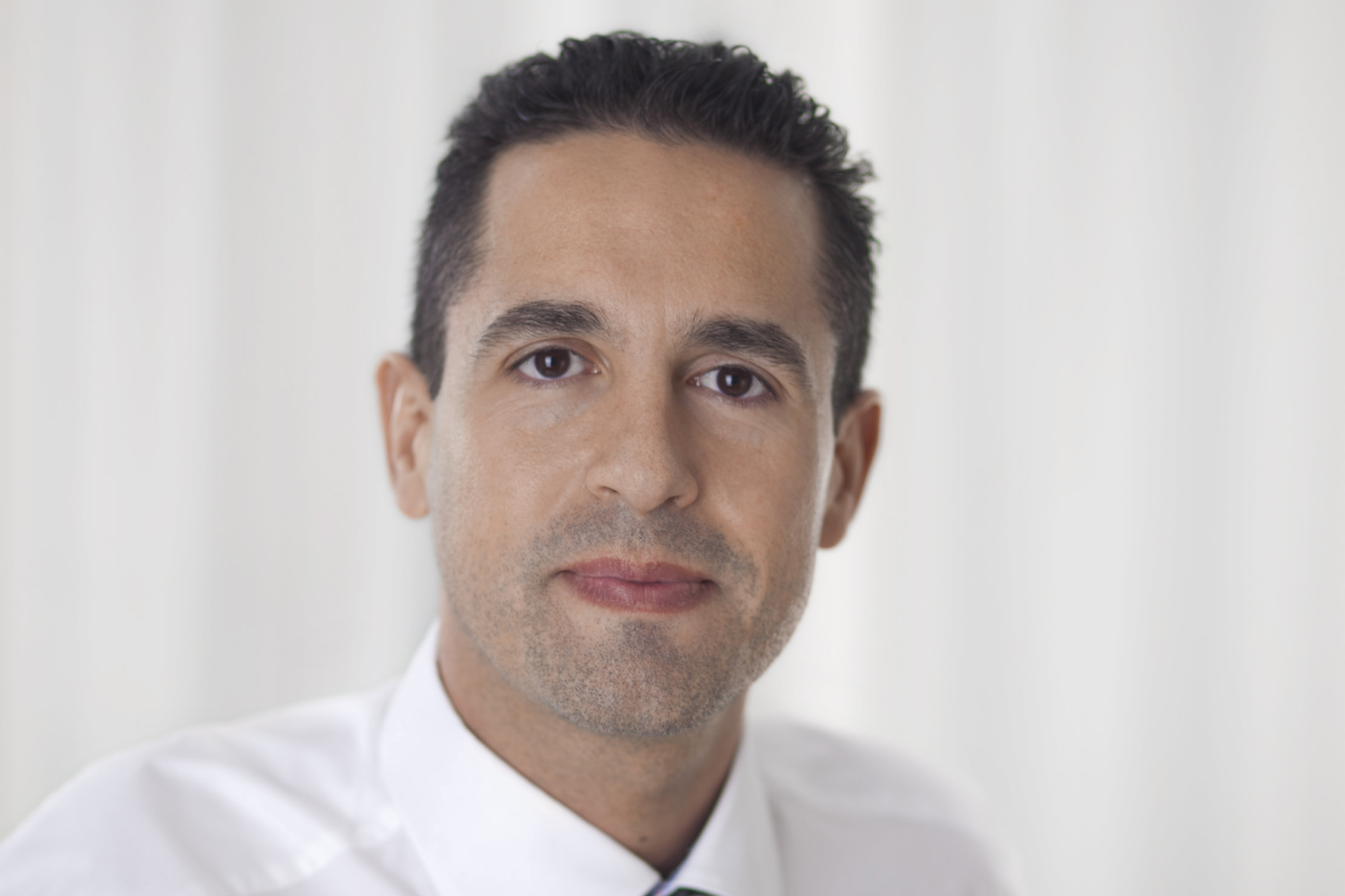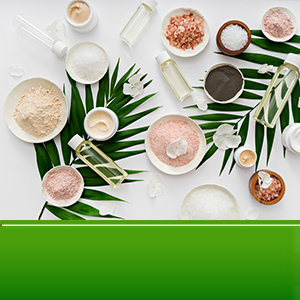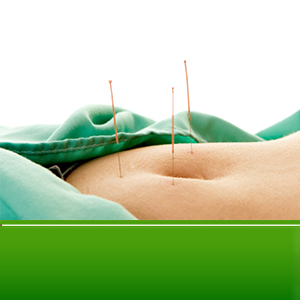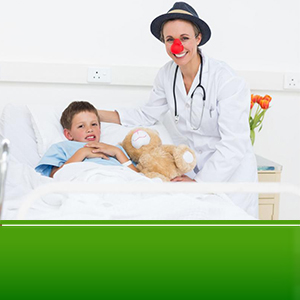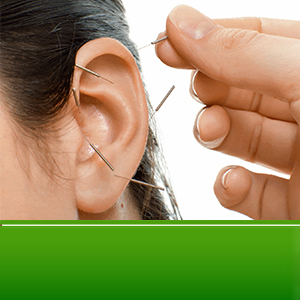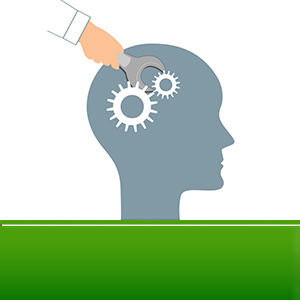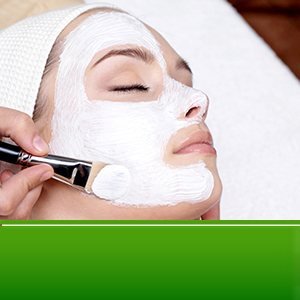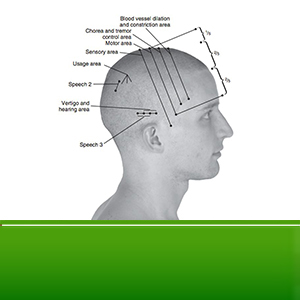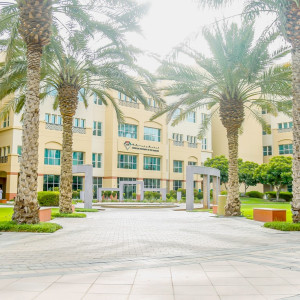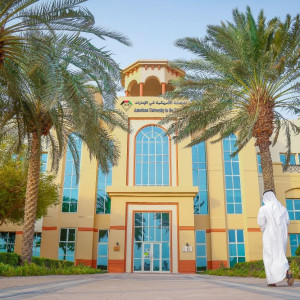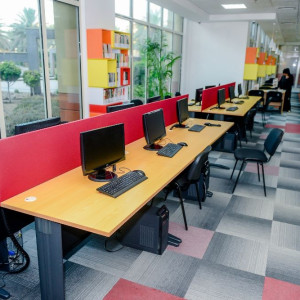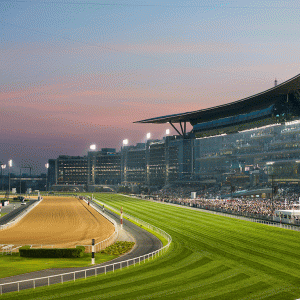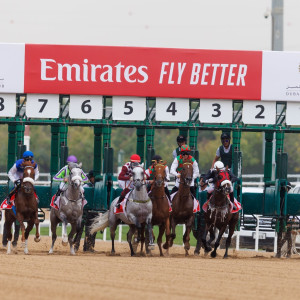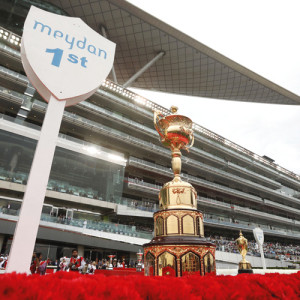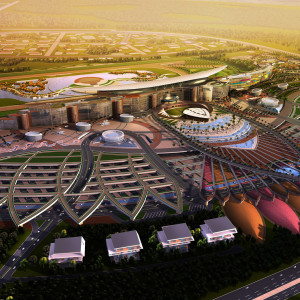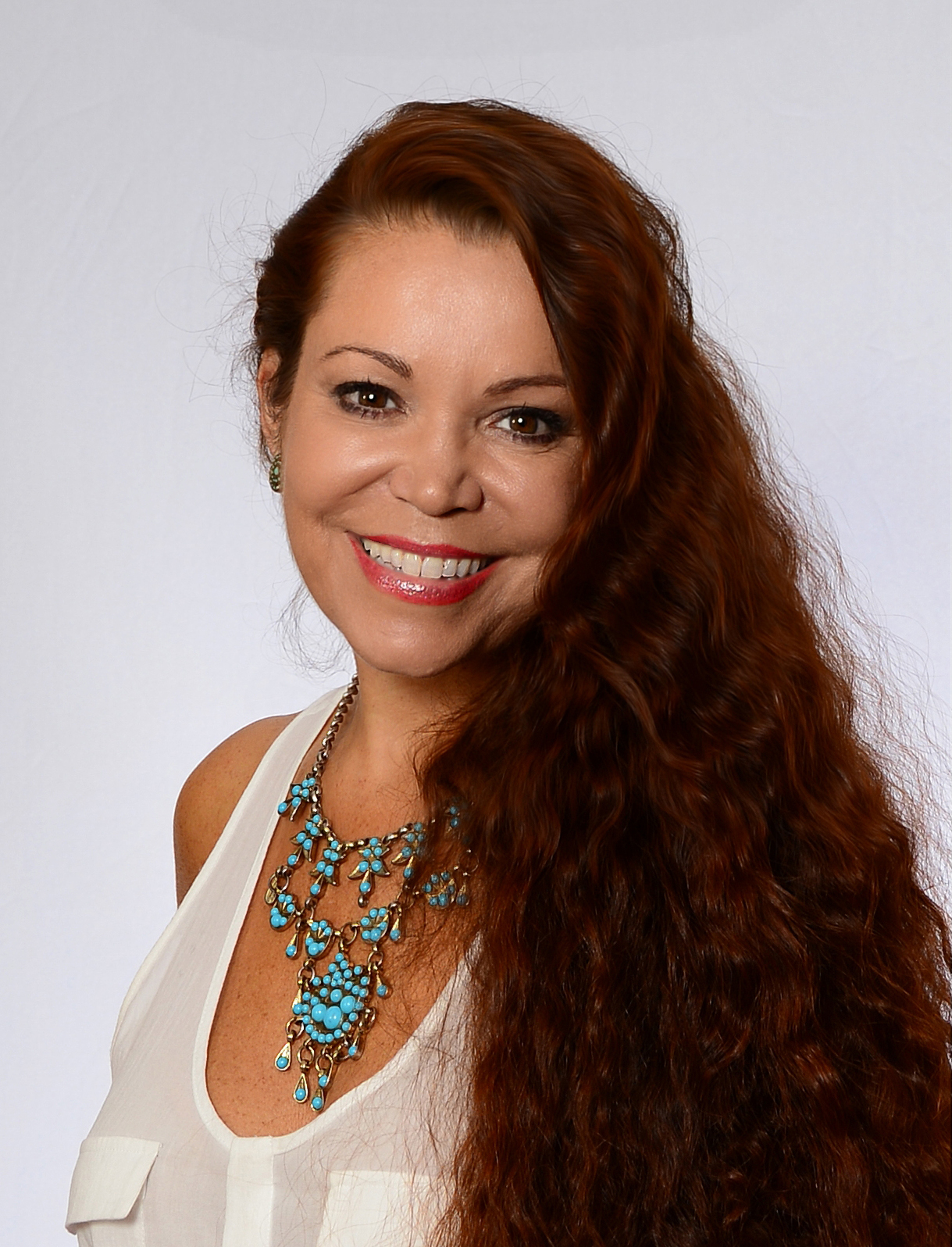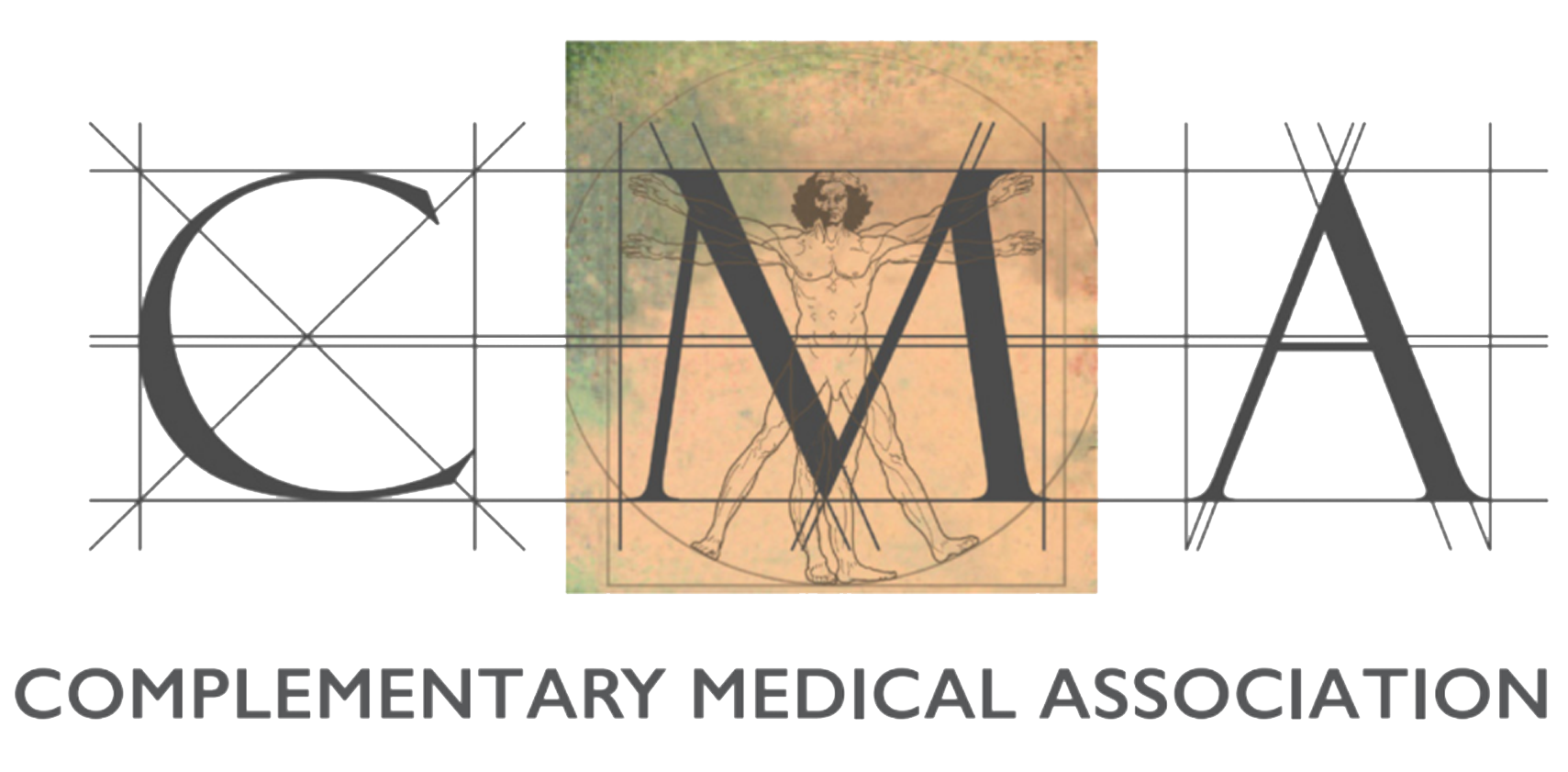
Register Now! Please, fill in your personal details and we will contact you shortly
Equine Biomechanics, Gait Abnormalities & Lameness

Audience
About the program
How the horse is built, and moves affect the longevity of the horse’s career, potential injuries it might sustain and how well it performs. Conformation and biomechanics go hand in hand, and it’s essential that people working with horses understand this to ensure the health and well-being of the horse.
Biomechanics is the study of the forces that affect movement of the body. It examines how muscles, bones, tendons and ligaments operate together for a horse to walk, passage or perform lateral movements. Different anatomical structures work in synchrony. The bones are the support structure. They are rigid and provide a framework. The joints’ anatomy dictates their degree of mobility (range of motion). Ligaments are the connections between bones, frequently involving joints. They are strong and flexible, allowing for distinct movement of a joint while providing stability. The muscles serve to propel the horse and to stabilise. For every muscle that moves a joint in one direction, there is typically a countering muscle that can pull the joint in the other direction. When the opposing muscles work in unison, both firing in balance, they stabilise joints. This equilibrium keeps the legs rigid when weight- bearing, the back from breaking and the head elevated and in motion with the horse’s movement.
Gait abnormalities are alterations in the way of walking, usually due to injuries or pathologies of the spinal cord, brain, legs or feet. Ideally a horse will move its limbs in a completely straight line and the hind limbs in a separate plane to the forelimbs. Some horses' movement deviates from this ideal and these deviations are known as gait abnormalities.
Lameness is a term used to describe a horse’s change in gait, usually in response to pain somewhere in a limb, but also possibly as a result of a mechanical restriction on movement. We all think of lameness when a horse is obviously limping, but lameness may only cause a subtle change in gait, or even just a decreased ability or willingness to perform. A horse can become lame from a variety of causes (conditions or ailments), involving almost any anatomic region within a limb. Some conditions are more easily diagnosed and treated than others. Lameness and treatment is both science and art. It requires a solid understanding of equine anatomy and physiology, conformation, biomechanics, and medicine, and yet it requires adaptation in response to changing conditions, horse types, uses and personalities, and owner needs.
You will understand how the spine moves, the physiological restrictions and what can lead to a poor tack and a poor training.
Its natural locomotion can be misunderstood, which can lead to mistakes with unfortunate consequences on its locomotion and mental integrity.
This course is designed to give students an appreciation of biomechanics. The course focuses on equine biomechanics and the effects of intrinsic and extrinsic factors on the way the horse moves and performance. Students will develop an awareness of horse biomechanics then relate to the changes in these tissues in response to forces and physical activity. The musculoskeletal system is examined with respect to its biomechanical properties in order to understand how locomotion is generated, maintained and arrested. This course will develop an understanding of the value, nature and application of equine gait analysis and allow students to critically evaluate equine movement. The methods of measurement of both kinetics and kinematics are discussed and the application of these methods is evaluated in practical setting.
A series of biomechanical technology will be covered and used in practicals to evaluate lameness and performance. The biomechanics of different equestrian disciplines are examined and the efficacy of using the results to predict performance discussed. The module also examines how the rider, saddle, shoeing, trimming, surfaces and conformation can influence the gait of the horse.
On completion of this course students will have encountered concepts that encompass all aspects of equine biomechanics.
Understanding the stresses and strains experienced by horses in motion leads to greater understanding of injury and injury prevention.
Being able to identify subtle changes in movement can mean the difference between early intervention and a sustained successful career for a horse, or a premature end to their career due to injury. Developing a good understanding of biomechanics, locomotion and gait, and being able to observe and interpret movement, are possibly some of the most important skills for the equine therapist.
This programme will cover some of the science and key concepts of biomechanics, defining key terminology and helping students to develop the understanding and application of the science to real life in a meaningful way.
The programme will explore locomotion and the locomotor system, looking in detail at how horses actually move, defining key terminology such as stride, stride length, frequency and duration, looking in detail at stride patterns, the specific equine gaits, being able to correctly describe the gates, and identify gait abnormalities. The programme will explore the concept of Ground Reaction Force and why it is meaningful for the equine practitioner along with an overview of other scientific measurements of gait and gait assessment tools and methods.
The programme will explore lameness, what is meant by lameness, the evaluation, assessment and grading of lameness, discuss contemporary issues and debates in the measurement and interpretation of lameness. The programme will also consider some of the main causes of equine lameness.
This programme will also look at the interactions of tack, equipment and rider on the biomechanics and locomotion of the horse, how what we put on the horse impacts its movement and ultimately its performance.
A key aspect of this programme will be the development of the practical skill of dynamic observation. Learning how to observe and interpret movement is a skill that takes time to develop, and this programme seeks to provide an opportunity to rapidly enhance these skills. Breaking down the ability to observe into simple steps so that the student can effectively analyse and describe the horse’s movement. Secondly, understanding what those observations mean and how we interpret them is a key skill to develop. Whilst this programme will not include diagnostic techniques, common patterns of movement and the types of pathologies that they may indicate will be explored.
By the end of this programme the student should feel confident in assessing a horse in motion and reporting their observations in a structures and meaningful way.
Working as an Equine Therapist, when supporting a client campaigning their horse for an event such as the Olympics, being able to identify a subtle change in the way that horse moves, to understand what that is telling you and being able to refer that horse for whatever treatment and intervention might be necessary to keep it sound and competitive, is far more of a skill than simply being able to recognise when the horse has broken down. This is a skill my client value above all else.
Learning outcomes:
• Critically assess the principles of biomechanics in relation to the musculoskeletal structures of the horse.
• Use kinematics and kinetics to critically evaluate different locomotory gaits and complex movements of the horse.
• Discuss how intrinsic and extrinsic factors affect biomechanics in horses
• Critically appraise the application of biomechanics to different disciplines.
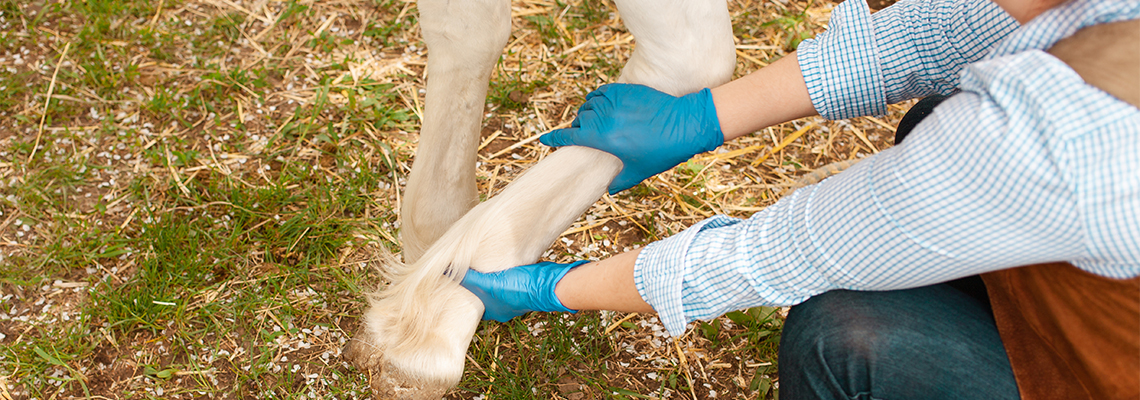




 About the college
About the college
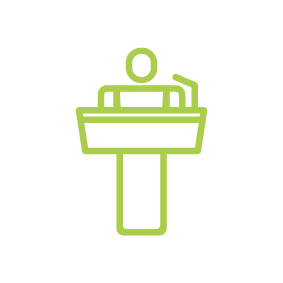 Lecturers
Lecturers
 Gallery
Gallery
 The Dean
The Dean
 CMA
CMA
 CMA President
CMA President
 Dubai Racing Club
Dubai Racing Club
 Dubai Equestrian Club
Dubai Equestrian Club
 Our partners
Our partners
